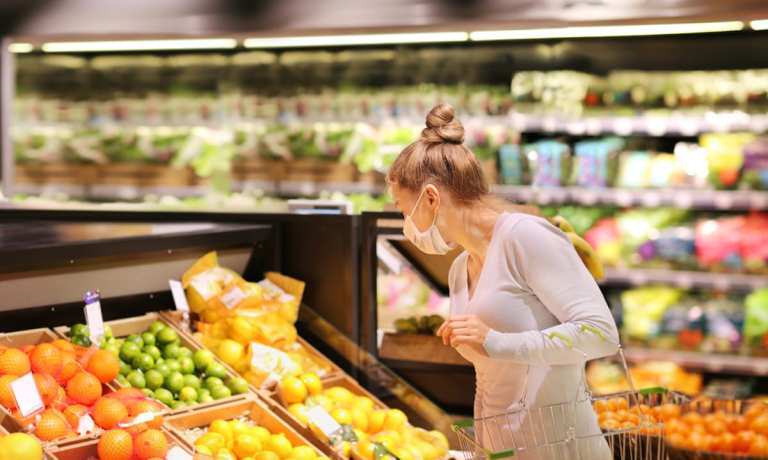
After years of relatively low inflation, Americans have begun to see higher prices for goods and services in the wake of the pandemic, The Wall Street Journal reported.
Prices for consumer goods, including things like meat and dishwasher goods, have risen by double-digit percentages in the last year. Freezers, dishwashers and lawn products have also gotten more expensive, according to NielsenIQ.
The rising costs have created financial strain for some consumers. According to WSJ, Kaitlyn Vinson, a Denver-based program manager, said that a recent Costco grocery trip cost her $275, which is higher than usual. Vinson said she had switched from fresh fruit and vegetables to frozen ones in an effort to save money.
Costs have been rising at every step of the supply chain, WSJ wrote, with prices spiking for oil, crops and other commodities. Trucking companies are paying more for those products to be delivered to factories and construction sites, and companies have in turn been forced to charge higher prices for foods and consumer products.
Per data from the Labor Department, consumer prices shot up 2.6 percent in the year that ended in March, marking the sharpest 12-month increase since August 2018.
While some manufacturers initially refrained from passing along higher costs to customers last year during the pandemic, some manufacturers are now raising prices by up to 10 percent. Costs for apples are up 10 to 20 percent, and bananas and leafy greens are more expensive, too.
PYMNTS recently reported on the trend, writing that the surging growth of digital commerce has made it easier for consumers to compare the prices of various retailers online. This greater transparency poses new threats for retailers. There is a bias favoring the players that already have the strongest pricing power and aren’t in as dire need of raising prices to cover their own spiking costs.